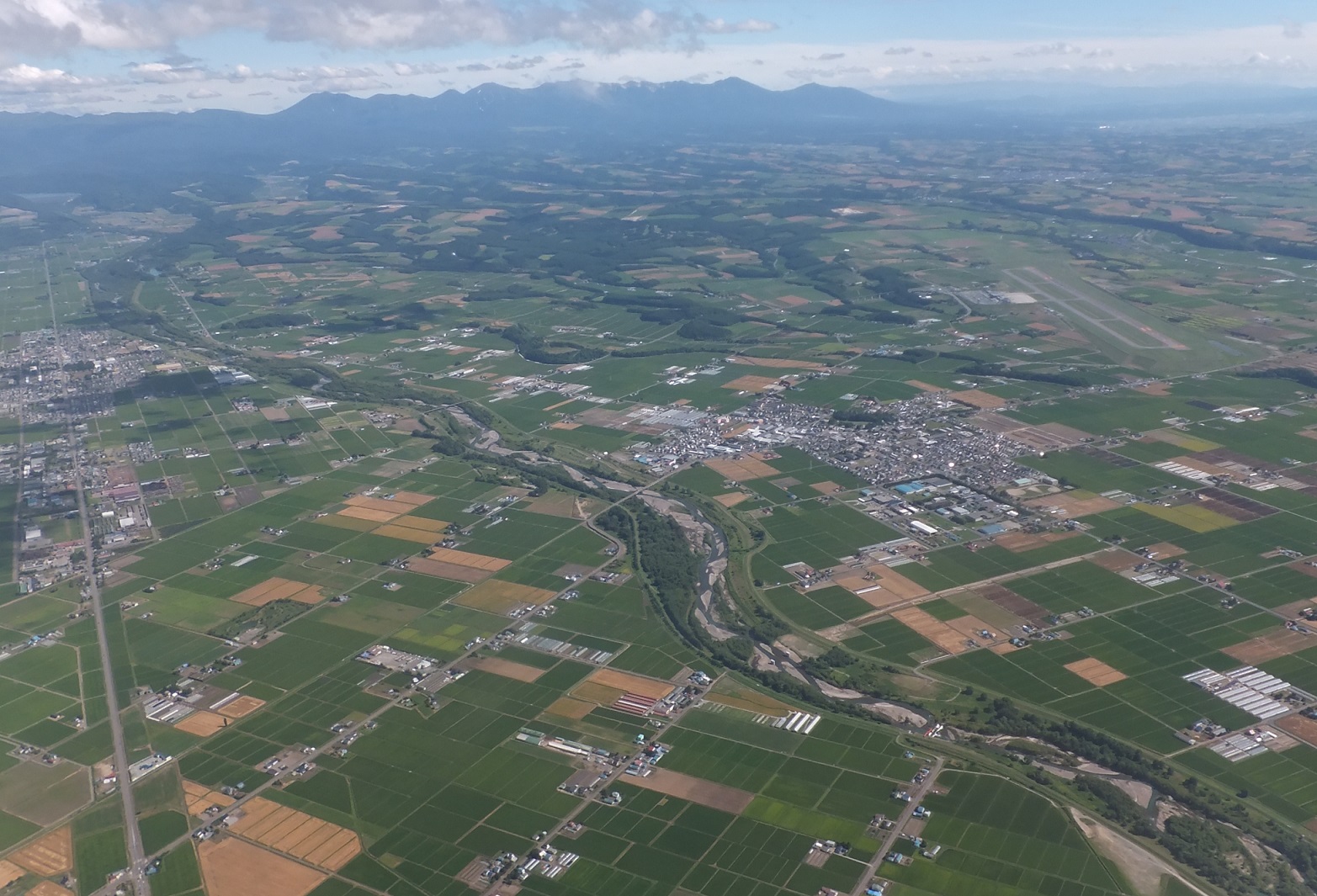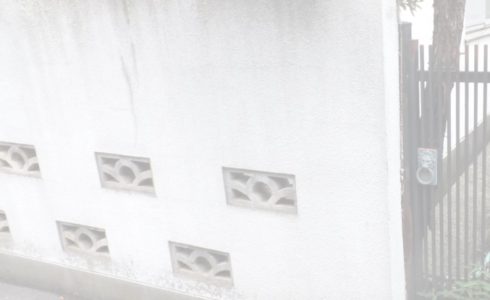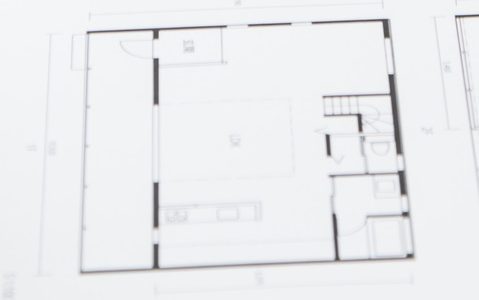
What is the safest land for housing?
What is the safest land for housing?
住宅用地としてもっとも安全な土地とは、どのような土地でしょうか?
If you are planning to buy a plot of land, what type of land would you prefer in terms of ground strength and low disaster risk?
Hills, plateaus and terraces are less prone to flooding and have relatively strong ground, making them suitable for housing. However, areas where there is a risk of landslides or valleys in the plateau are not suitable for residential areas, so it is advisable to check the flood hazard map and landslide hazard map published by the local government.
Low lying areas and reclaimed land are often soft ground. The records of the Great Hanshin Earthquake show that the damage caused by earthquakes on soft ground is particularly pronounced when compared to areas on strong ground. This should be borne in mind.
Landslides can also occur in locations at the foot of mountains. In particular, places which are at the exit of valleys are prone to disasters and are therefore undesirable as residential areas.
When choosing a plot of land, it is advisable to look at the topography of the surrounding area and determine the characteristics of the land before making a decision.
仮に、もしこれから住宅用地として土地を購入するとしたら、地盤の強さや、災害リスクの低さという観点からは、どのような土地が望ましいでしょうか。
丘陵地、台地、段丘は、水害に遭いにくく、比較的強い地盤を持ち、住宅地として適しているといえます。ただし、がけ崩れのおそれのある地域や、台地の中にあっても谷状になっている部分は、住宅地としては好ましくないので、自治体が公表している、水害ハザードマップ、土砂災害ハザードマップなどで、確認されることをお勧めします。
低地になっている場所や埋め立て地は、軟弱地盤であることが多いです。阪神大震災の記録を見ると、強い地盤にある場所と比べて、軟弱地盤での地震の被害が特に顕著であることがわかります。このことには留意が必要です。
また、山の麓にある場所では、土砂災害が起こることがあります。特に谷の出口にあたる場所は、災害が発生しやすいので、住宅地としては好ましくないと言われています。
土地を選ぶ際には、その近辺の地形を観察して、その土地がどのような特性をよく見極めたうえで決定することが望ましいでしょう。






